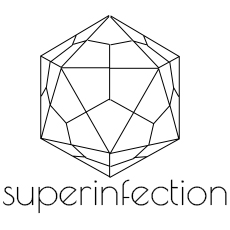We Cure Viral Diseases with an attenuated live dsRNA vaccine virus!
More than 200 viruses infect humans, while drugs are available only for a few. To narrow the gap between ‘bugs and drugs’ a new vision is required in drug development: the host should be targeted rather than the virus. The oral superinfection therapy (SIT) of HepC Inc is such a revolutionary therapy. During SIT an avian attenuated vaccine virus (the infectious bursal disease virus (IBDV)) delivers its double-stranded RNA (dsRNA) cargo to host cells and activates their interferon (IFN) gene program from within. As interferons are active against most viruses, SIT could be developed into a new broad-spectrum antiviral “one drug, multiple bugs” treatment approach of viral diseases.
